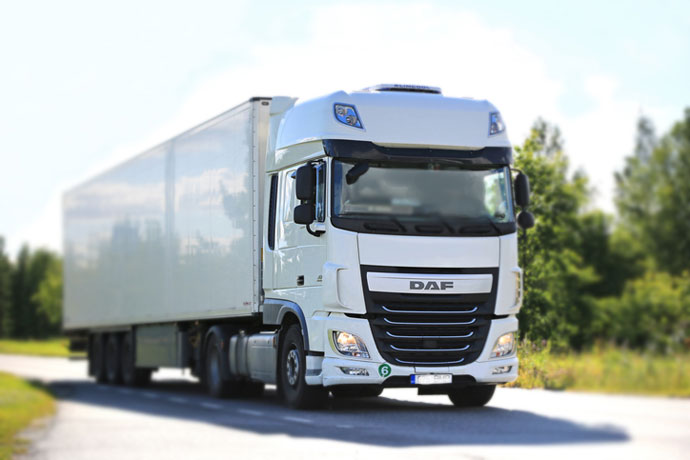
Lorries sold in Europe will have to feature cyclist and pedestrian detection systems, cab design that offers improved direct vision and intelligent speed assistance under proposals expected to become law in 2018. It is unclear whether a post-Brexit Britain will follow suit and adopt the law itself.
While representing only three per cent of vehicles on our roads, lorries are involved in a disproportionate number of collisions (over 15%), killing nearly 4,000 people each year. Many of these occur in densely populated urban areas such as cities. For example in London, 55 per cent of all bicycle deaths between 2008 and 2013 involved a heavy goods vehicle, despite these lorries accounting for only four per cent of London’s road miles; 20 per cent of pedestrian fatalities in 2013 involved an heavy-goods vehicle in the city.
The European Commission has outlined proposals that will require all new lorries over 3.5 tons sold in the EU to have features that make them less of a risk to vulnerable road users. Changes to lorry cab design to give drivers a better view of cyclists and pedestrians may not be become obligatory before 2028, a delay which has been criticised by European transport lobby group T&E considers unjustified.
According to its spokesperson: ‘Crashes caused by today’s trucks having blind spots are killing hundreds of cyclists and pedestrians each year. This is an entirely avoidable tragedy, and direct vision trucks are the solution. So it’s great news that the Commission is going to make direct vision trucks mandatory, but safer lorries are needed now, not in a decade. The 2028 deadline is unacceptable, and we expect the Commission to improve the proposal before it’s published as draft legislation later this year.’
Danger lorries
Large lorries in towns pose a disproportionately high risk to cyclists. Of particular danger is the left-turning lorry – the driver of which may not see a cyclist in his near side mirror. Safety mirrors, when fitted to the vehicle and occasionally traffic lights, can help by minimizing a lorry’s blind spot, but cyclists need to keep their wits about them when in close proximity to large lorries.
The best piece of advice for cyclists in towns and cities is to give lorries, coaches and buses a wide berth whenever possible. At junctions and side turnings be aware of lorries approaching from behind that may be about to turn left, and at lights do not position yourself directly in front of large vehicles – the driver may pull away without having seen you.
Environmentally friendly cycle insurance
On the face of it, one cycle insurance policy is much like another, but the devil is the detail. How much excess you will be charged is just one of the things that varies wildly between providers. Another is so called ‘new-for-old’ replacement – many insurers use this term, but if your bicycle is more than a few years old, devalue it severely. This means you are left out of pocket when you come to replace it. Read our insider guide to cycle insurance.
Furthermore, every cycle insurance policy you buy from us helps support the work of the ETA Trust, our charity campaigning for a cleaner, safer transport future.
ETA cycle insurance has a low standard excess of 5% (minimum £25) and offers a new-for-old for life – however old the bike, if it’s stolen you get enough to buy a new model.
For over 26 years we have been providing straightforward, affordable bicycle insurance. Whether you use your bike to commute, shop, race or amble in the park, ETA Cycle Insurance has you covered. We never devalue bikes no matter their age, allow you to buy your replacement bike wherever you like, replace stolen quick release components and handle claims in-house.
The Good Shopping Guide voted us Britain’s most ethical insurance company 2015.
Tony Williams
Of course the post-Brexit situation is uncertain. Most of the people who voted to leave had a particular reason for doing so, but very few of them could have had a clear idea how everything else might be affected. There is no reason why ETA and other organisations should not campaign to ensure that in this respect post-EU Britain should require lorry design to incorporate safety features that will benefit cyclists. In fact it’s the sensible line to take, because many of our lorries are built in Europe, and if we want lorries built here to be capable of being exported to the EU they will have to meet EU standards.
But when you campaign you need to get the facts right. You say that lorries kill nearly 4000 people each year. In fact there are under 2000 deaths from road accidents of all kinds each year.
The ETA
The figure of 4,000 relates to deaths involving lorries across Europe